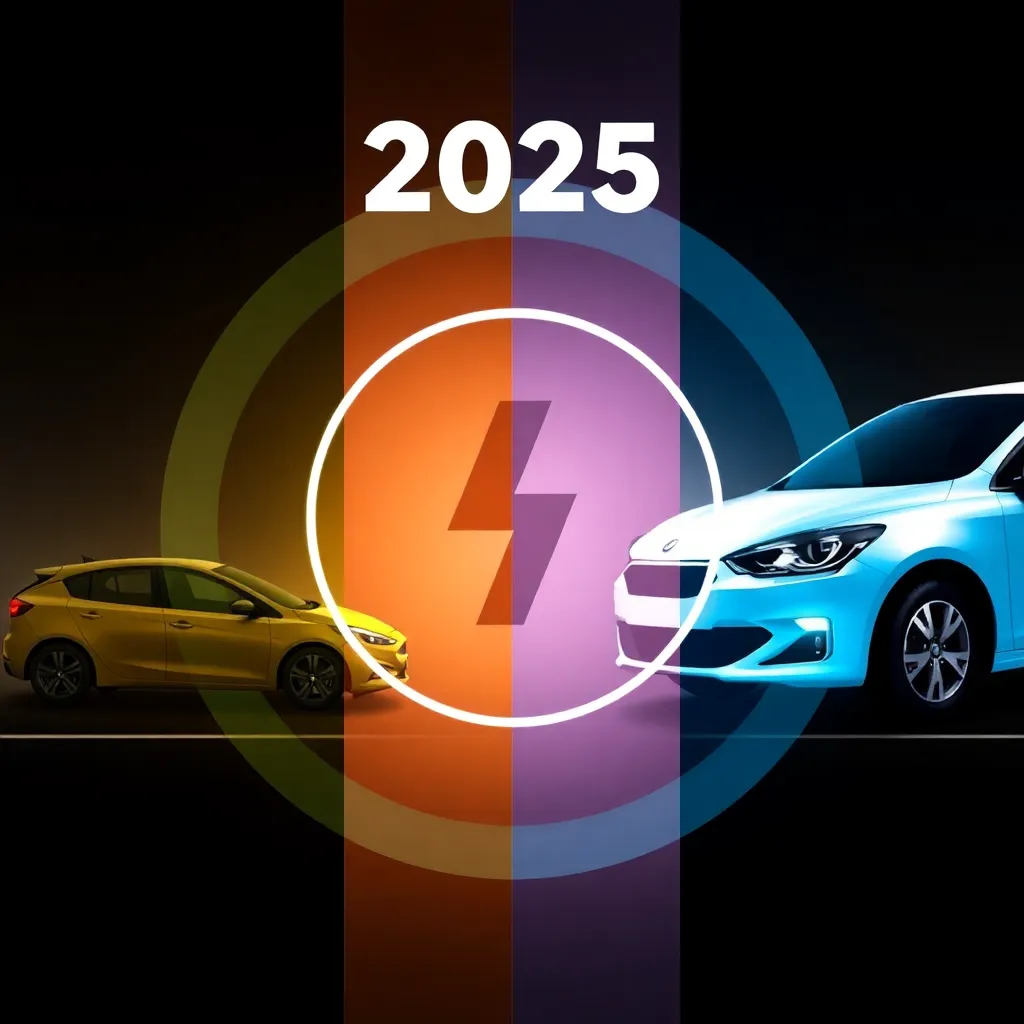
Advanced Progress in the Workplace
Introduction
The modern workplace has undergone a significant transformation over the past few decades. Driven by technological innovation, changing employee expectations, and evolving market demands, organizations are embracing advanced strategies to foster growth, productivity, and employee satisfaction. Advanced progress in the workplace isn’t just about automation or digital tools—it’s a holistic change in how work is done, how people are managed, and how goals are achieved.
1. Technological Advancements
a. Automation & Artificial Intelligence
Automation has redefined efficiency in the workplace. Repetitive and time-consuming tasks, such as data entry, scheduling, and even customer service, are increasingly handled by AI-powered tools and bots.
- Benefits: Improved accuracy, reduced human error, and lower operational costs.
- Example: AI-driven analytics platforms that provide real-time insights for decision-making.
b. Remote Work Technology
The rise of hybrid and remote work models has led to the widespread adoption of tools like Zoom, Microsoft Teams, Slack, and project management platforms such as Asana and Trello.
- Benefits: Flexibility, reduced commuting time, and access to a global talent pool.
2. Employee Empowerment and Upskilling
a. Continuous Learning and Development
Advanced workplaces invest in employee growth by providing access to courses, certifications, and learning platforms such as Coursera, LinkedIn Learning, and in-house training programs.
- Impact: Encourages innovation, reduces turnover, and prepares employees for future challenges.
b. Leadership Development
Forward-thinking organizations groom future leaders by offering mentorship programs, leadership workshops, and cross-functional roles.
- Result: Stronger internal talent pipelines and enhanced team management.
3. Diversity, Equity, and Inclusion (DEI)
a. Inclusive Hiring Practices
Modern HR strategies are centered on reducing unconscious bias and ensuring equal opportunities for all candidates, regardless of background.
- Tools: AI-based recruitment platforms that anonymize resumes to promote fair evaluations.
b. Workplace Culture and Belonging
A progressive workplace cultivates an environment where all employees feel valued and heard.
- Initiatives: Employee Resource Groups (ERGs), DEI training, and regular feedback mechanisms.
4. Data-Driven Decision Making
Organizations today rely on data analytics for strategic planning, performance tracking, and customer insights.
- Example: HR analytics to measure employee engagement and retention.
- Result: More objective decision-making and targeted improvements.
5. Sustainability and Corporate Responsibility
Advanced workplaces are committed to sustainable practices and social responsibility.
- Green Offices: Energy-efficient buildings, reduced paper use, and recycling programs.
- Social Impact: Partnering with NGOs, supporting community development, and ethical sourcing.
6. Mental Health and Well-being Initiatives
A major shift in modern workplaces is the recognition of mental health as a priority.
- Programs: On-site counselors, mental health days, meditation apps, and flexible hours.
- Impact: Reduced burnout, increased productivity, and better overall morale.
7. Agile and Flexible Work Models
Agility is a hallmark of progressive workplaces. From Agile project management to flat hierarchies, organizations are adapting to be more responsive.
- Benefits: Faster decision-making, improved collaboration, and resilience in a dynamic market.
Conclusion
Advanced progress in the workplace is a multifaceted evolution encompassing technology, culture, leadership, and human potential. Organizations that embrace these changes are better positioned to thrive in an increasingly competitive and globalized world. As we look to the future, continuous innovation and a people-first approach will remain the cornerstones of workplace advancement.







